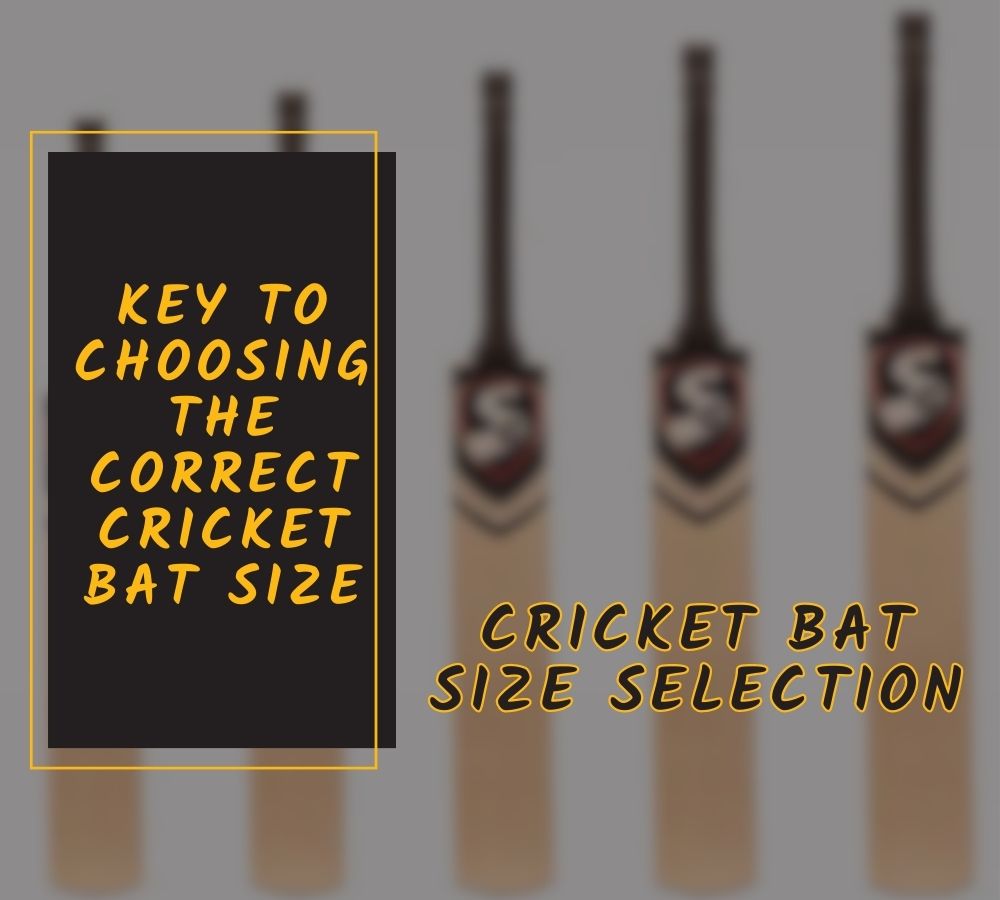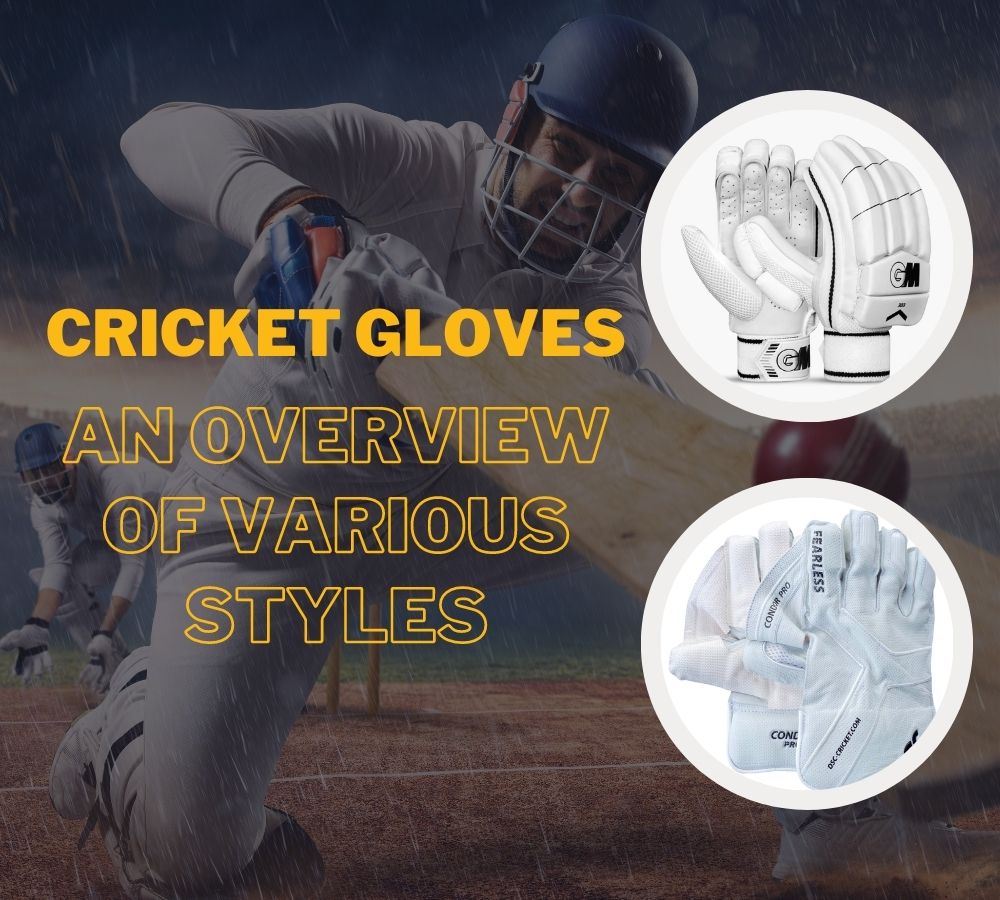Cricket has embraced technological advancements to augment decision-making and eliminate human error.
Hot spot technology stands as a shining example of this progress, enabling umpires to make informed judgments and ensuring justice prevails on the field.
From resolving contentious edges to providing crucial evidence, hot spot technology has revolutionized the game, ensuring fair play and accurate outcomes.
In this article, we delve into the fascinating world of this innovative technology and its profound impact on decision-making during cricket matches.
What is Hot Spot Technology in Cricket?
Hot Spot is a cutting-edge technology employed in the game of cricket to assist umpires in making accurate decisions, particularly regarding edges and bat-pad catches.
Developed by a British company, BBG Sports, Hot Spot utilizes a combination of infrared cameras and thermal imaging to detect temperature variations on the cricket ball.
These variations are caused by friction and impact, resulting in a “hot spot” on the bat or pad.
How Does Hot Spot Work?
Hot Spot operates on a simple yet ingenious principle. It involves placing high-speed infrared cameras on either side of the pitch, providing a comprehensive view of the game.
When the ball comes into contact with the bat or pad, the friction generates heat, causing a temperature spike at the point of contact.
The infrared cameras swiftly capture these temperature changes, creating a thermal image that reveals the presence of an edge or contact.
Is Hot Spot Technology Efficient and Effective?
While Hot Spot was introduced with the intention of minimizing umpiring errors and improving the overall accuracy of decisions, its effectiveness has been a subject of debate.
Critics argue that the technology is not foolproof and has certain limitations that can lead to inaccuracies.
One of the main concerns is the ability of Hot Spot to detect faint edges, particularly when the ball grazes the bat. Thermal imaging may not always capture subtle temperature variations, leading to false negatives.
Moreover, the performance of Hot Spot is significantly influenced by external factors, such as weather conditions and ambient temperature.
In hot and dry climates, the ball’s surface may not generate enough heat to create a clear hot spot, rendering the technology less reliable. Additionally, the use of artificial substances like silicone tape on the bat can interfere with Hot Spot readings, potentially resulting in incorrect decisions.
Despite these limitations, Hot Spot has proven to be a valuable asset in many instances. It has successfully resolved numerous contentious decisions, providing crucial evidence that aids the umpires in making more accurate calls.
The technology has been particularly effective in identifying faint edges that are otherwise difficult to spot with the naked eye.
The integration of Hot Spot with other technologies, such as Snicko (which detects soundwaves) and Hawk-Eye (which tracks ball trajectory), has further enhanced its utility. By combining multiple data points, umpires can make well-informed decisions, reducing the margin of error and ensuring fairness in the game.
Uses Of Hot Spot Technology in Cricket:
It provides visual evidence to the umpires, helping them determine if there has been an edge or if the ball has hit the bat-pad during close-catching situations.
It is particularly effective in identifying faint edges that are difficult to detect with the naked eye alone. This technology has become an integral part of the Decision Review System (DRS), aiding in more accurate decisions.
Hot Spot Technology Vs. Other Technologies:
Hot Spot technology is often used in conjunction with other technologies like Snicko and Hawk-Eye.
Snicko analyzes soundwaves to determine if the ball made contact with the bat, while Hawk-Eye tracks the trajectory of the ball
. By combining data from multiple sources, umpires can make more well-informed decisions, reducing the margin of error.
How Much Does It Cost to Use Hot Spot Technology in India?
The exact cost of implementing Hot Spot technology in cricket matches can vary depending on several factors, such as the number of cameras required, maintenance, and infrastructure.
However, it is generally an expensive technology to deploy and maintain. The cost can be a limiting factor in its widespread usage, particularly in cricketing nations with limited resources.
When Was Hot Spot First Used in Cricket Matches?
Hot Spot technology made its debut in cricket during the 2006-2007 Ashes series between England and Australia. Since then, it has been extensively used in high-profile cricket tournaments, including international matches and domestic leagues.
Criticism Acclaimed by Hot Spot Technology:
Hot Spot has faced criticism and skepticism from certain quarters. Critics argue that the technology is not foolproof and can sometimes lead to incorrect decisions.
Some of the concerns include the limitations in detecting faint edges and the influence of external factors on its accuracy. Additionally, the use of artificial substances like silicone tape on the bat can interfere with Hot Spot readings.
Why Isn’t Hot Spot Technology Used in Cricket?
Despite its advantages, Hot Spot technology is not universally adopted in cricket due to several reasons.
The primary factor is the high cost associated with implementing and maintaining the technology. Many cricket boards, especially those in developing nations, find it financially burdensome to utilize Hot Spot consistently.
Moreover, the reliance on multiple technologies, including Snicko and Hawk-Eye, to enhance decision-making further complicates the usage and cost considerations.
Conclusion:
Hot spot technology has emerged as a game-changer in cricket, ensuring accurate decision-making and preserving the spirit of fairness.
By utilizing cutting-edge infrared cameras and thermal imaging, this technology detects temperature variations caused by ball-bat or ball-pad contact.
The resulting hot spots provide invaluable evidence that aids umpires in making accurate calls, enhancing the overall cricketing experience.
As the game continues to embrace innovation, hot spot technology has cemented its place in cricket, bringing transparency and accuracy to the forefront.
From resolving contentious decisions to captivating spectators, it has become an indispensable tool in the pursuit of a level playing field. Join us as we explore the nuances of hot spot technology and witness the magic it brings to the gentleman’s game of cricket.




